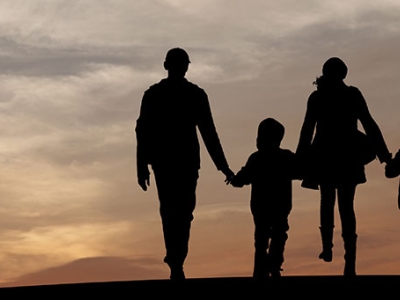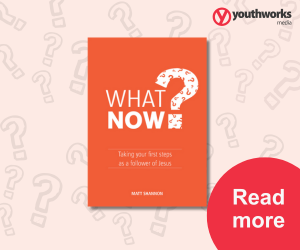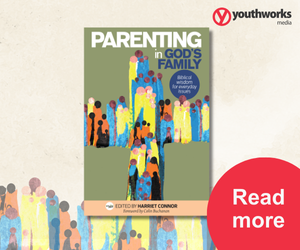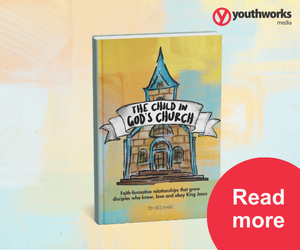
Trying again: resetting like a human
In real life, resetting is a slow and messy process.
Sometimes when I’m wrangling the kids to get into bed, and they’re trying to tell me a long story/still hungry/fighting for the toilet/irritating their sibling in the adjacent bunk bed, I lose my cool.
Shocker, I know.
One of those Insta tips that has stuck with me is the idea that we can do a quick reset in these moments. I can’t literally travel back in time to undo my poor parenting moment, but I can reverse jerkily through the room, making robot noises to signal to my children that the ‘rewind game’ is afoot—that things are about to change. I spout gibberish (an attempt to repeat, but backwards, whatever harsh words I’ve said), while stepping backwards until I get to their bedroom door. The kids all laugh, and the scene is set for a new go at bedtime. Space is created for me to take some deep breaths, look at my kids with love, apologise, and continue bedtime with grace, not impatience.
It isn’t a big change. I don’t become a new person in the 30 seconds that I’m moving around the room, my kids delighting in me being silly. But it’s a change in trajectory, a small ‘reset’ that makes a big difference to how they—and I—feel as they drift off to sleep (eventually ...).
I fear we’ve been unhelpfully catechised by technology to think that we are machines, too. As machines, ‘reset’ is one of a swathe of words that we use to describe ourselves, like:
- We need time to recharge.
- We need to reboot.
- We don’t have the bandwidth for that right now.
- We need to take this offline (this one really gives me the ick).
The words we use have power. Talking about ourselves as if we are machines can, I fear, make us behave and make decisions as if we truly are.
A reset is an all-or-nothing thing in the world of technology. A factory reset returns our phones or laptops to their original states, wiping the slate clean so we can start fresh, without software bugs or lagging screens.
So, we come to expect that we can reset our lives in the same way—free from effort, free from conscious work, fixed in an instant.
In real life, as humans, resetting is more bitsy, more messy than that.
We cannot simply press a button (and click ‘yes’ on the ‘Are you sure you want to do this?’ alert that comes after it) to reset our lives, even if that might be appealing some days.
To reset takes effort, intention and time.
It involves moving forward one step and back three, but pressing on despite the slow progress.
A reset requires us to take a good look at our faults and failings, to determine where we even need to reset. After all, we cannot reset all areas simultaneously, even if our phones can.
And a reset isn’t done in isolation. We’re encouraged to make changes and grow towards the light by the people around us, by their example, their words, their model and their encouragement.
The ‘rewind game’ is not a real reset, in the eyes of a machine. My children experience my unfair harshness, my impatience and my selfishness. I haven’t wiped it from their memories, nor mine. And yet, in this small act, in this very human reset, I have chosen to work to repair the fracture in our relationship. I have chosen to move towards what God has called me to, and not what comes naturally in these moments. Rather than returning our relationship to a blank slate, as if it were a laptop being sold on to a new owner, this reset helps our relationship to deepen and grow, even with my failings.
This is the kind of reconciliation that Jesus spoke about when he urged his followers:
‘Therefore, if you are offering your gift at the altar and there remember that your brother or sister has something against you, leave your gift there in front of the altar. First go and be reconciled to them; then come and offer your gift.’ (Matthew 5:23–24)
To reset as a human is more complicated than to reset as a machine, and yet we, and our relationships, are all the richer for it.
This article originally appeared at the author’s blog, One Small Spark.
---
Alice Warren is the author of A Godparent’s Handbook: Nurturing Your Godchild’s Faith for Life. Originally from Sydney, Alice now lives with her husband and three children near Paris, where they are serving the local French church. She reflects on life, faith and parenting in another country at One Small Spark.
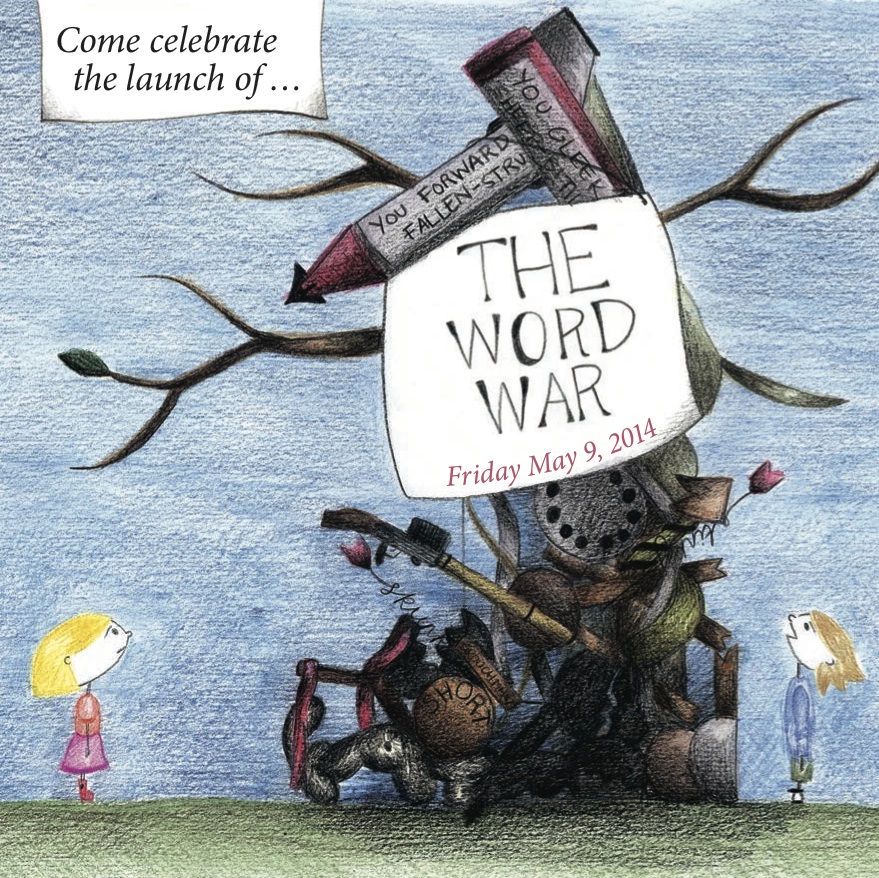
The Word War
Lucy and Zac were the best of friends … until a war of words—silly, thoughtless words—began to fire from both sides.Such words are powerful weapons that can wound and anger the people we care about.
For more articles from Growing Faith, subscribe to our monthly e-newsletter.
To hear about the latest books and resources from Youthworks Media, subscribe here.


